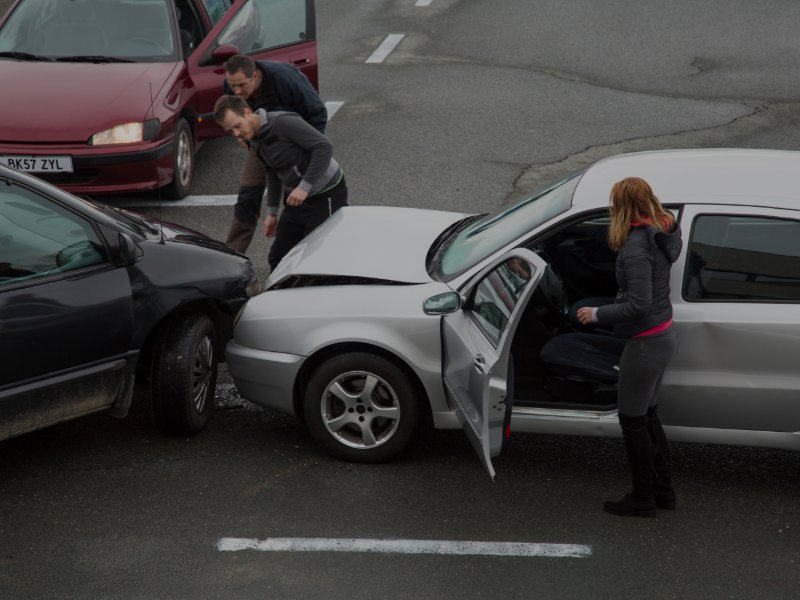Posted in General on April 27, 2022
 Even though making a left-hand turn is something that most drivers do each time they get out on the roadway, this can be a precarious maneuver. Left-hand turns are filled with opportunities for accidents caused by driver decisions, including determining who has to yield the right of way and knowing whether or not you have enough time to make the turn before oncoming traffic approaches. Here, we want to discuss who could be at fault in a left-hand turn accident.
Even though making a left-hand turn is something that most drivers do each time they get out on the roadway, this can be a precarious maneuver. Left-hand turns are filled with opportunities for accidents caused by driver decisions, including determining who has to yield the right of way and knowing whether or not you have enough time to make the turn before oncoming traffic approaches. Here, we want to discuss who could be at fault in a left-hand turn accident.
Why Are Left-Hand Turns So Dangerous?
Left-hand turns can be incredibly dangerous. This is due to the nature of how and when the turns are made. When we examine data from the National Highway Transportation Safety Administration (NHTSA), we can see that left-hand turns are the contributing factor in around 61% of all accidents that occur when a vehicle crosses an intersection. Additionally, left-hand turns factor into 22% of all motor vehicle accidents. The data simply shows that left-hand turns are much more dangerous than right-hand turns.
But why is this the case?
Unlike right-hand turns, left-hand turns are usually made when a person has to cross the paths of oncoming traffic. For example, drivers waiting at an intersection to turn left usually have to yield until there is a large enough gap in oncoming traffic for them to safely make their turn. These turns rely heavily on the judgment of the drivers involved. If a driver turns too quickly into the path of oncoming traffic, this can lead to severe T-bone or head-on collisions that cause catastrophic injuries to drivers and passengers.
It is not uncommon for individuals involved in left-hand turn accidents to sustain the following types of injuries:
- Broken or dislocated bones
- Severe lacerations
- Crush injuries or amputations
- Spinal cord injuries
- Traumatic brain injuries
- Internal organ damage or internal bleeding
Determining Fault After a Left-Hand Turn
Liability for a left-hand turn collision will depend on various factors, including the actions of every driver involved as well as traffic laws in the particular area where the turn occurred. Typically, all drivers are required to stop and yield to oncoming traffic before conducting their left-hand turn. It is not uncommon for traffic lights or signs to clearly indicate when a driver can and cannot complete their left-hand turn. However, there may be cases where a light is simply yellow, and a driver is required to wait until oncoming traffic is clear. In California, the law generally assumes that a driver making a left-hand turn will be at fault if their turn caused the collision.
There are times when another driver, aside from the one who makes the left turn, could be at fault. This could include situations where the oncoming driver was operating at a high rate of speed and was unable to safely control the vehicle or when the oncoming vehicle intentionally or unintentionally ran a red light.
We strongly encourage any person who has been injured or sustained property damage in a left-hand turn accident to work with a skilled attorney who can examine every aspect of the claim. A lawyer will use their resources to gather all of the evidence needed to prove liability for the left-hand turn collision to help the victim recover compensation.


